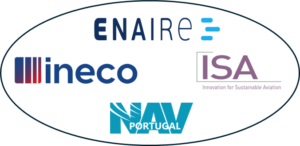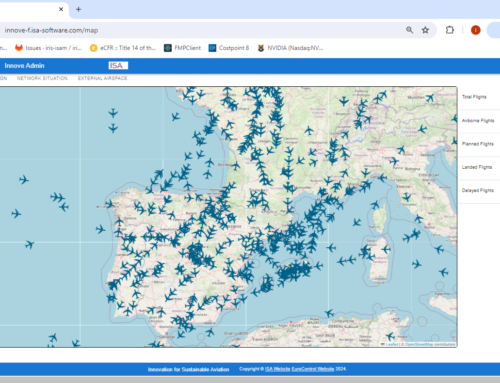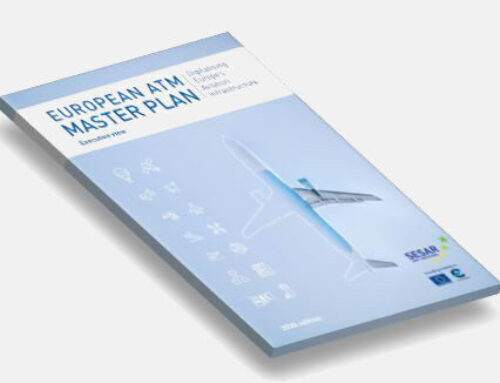ISA Software France, with its partners, ENAIRE, INECO, and NAV Portugal, are happy to announce that the ORCI (Optimised Runway Centreline Interception) project has been granted under the HORIZON-SESAR-2023-DES-ER2-WA1-1 – ATM Excellent science and outreach for Connected and Automated ATM and AI for aviation flagship.
ORCI will explore innovative AI-based solutions to help increase runway throughput using advanced ATC Controller automation support tools in the TMA domain.
The objective is to provide key information to Controllers in final approach sectors to support informed decisions on when to issue vectoring instructions to aircraft for optimal spacing between consecutive arrivals during medium, high, very high traffic density and increasingly complex TMA airspace operations.
To achieve this objective, the project will develop an AI model that is trained to identify optimal positions for the delivery of vectoring clearances to arrival traffic using radar surveillance data and ATC voice communications between pilots and controllers.
During the project, Barcelona and Lisbon approach operations will be assessed.The process will include interviews with ATCO experts from the respective ANSP partners, as well as in-depth analysis of local arrival characteristics (e.g. geometries, procedures, etc.).
To support the development and training of the AI-based Decision Support Tool, very large amounts of radar surveillance and voice communications data will be collected and processed.
Validation of the AI model will be supported by Human-in-the-loop and hybrid Fast Time simulation techniques (using the RAMS Plus tool). This will help to ensure that the performance of the AI model is evaluated in a realistic and controlled operational environment, and to get some initial human performance and safety related feedback.
The successful implementation of the AI model is anticipated to optimize the delivery of vectoring instructions, leading to enhanced capacity, efficiency, environmental performance, and overall improvements to arrival air traffic management that are consistent with SESAR performance targets.
Additional benefits also extend to optimization of the runway throughput by reducing both ATC workload and the potential for human error.
The expected solution could also be extended to incorporate the use of time-based separation for arrivals and digitally shared trajectory information coming from the flight deck.







